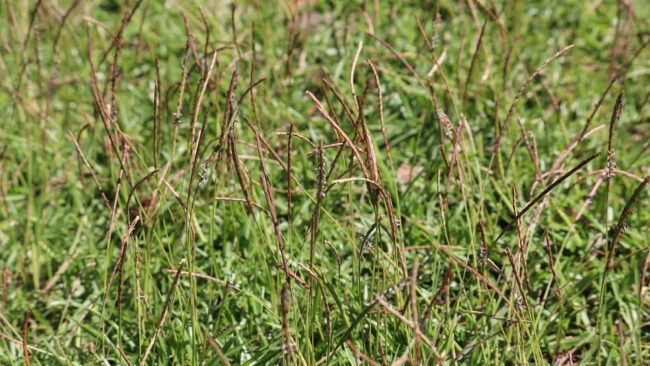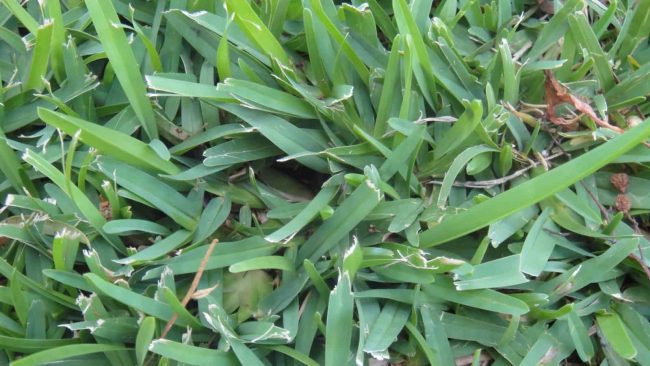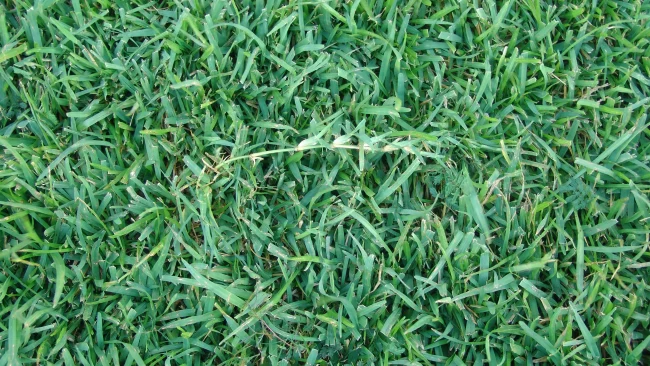Centipede grass is a popular choice for lawns across the southern United States, but will it grow in the shade? While centipede grass is known for its low maintenance and tolerance of poor soil conditions, it has certain limitations when it comes to shade. In this comprehensive guide, we will explore the potential of centipede grass to thrive in shaded areas and offer practical advice on how to manage this type of grass in less-than-ideal lighting conditions.
Understanding Centipede Grass
Centipede grass (Eremochloa ophiuroides) is a warm-season grass that originated in Southeast Asia but has become a staple in the southeastern U.S. due to its ability to handle hot, humid conditions. This grass is favored for its light green color, slow growth rate, and relatively low maintenance requirements. Homeowners appreciate centipede grass because it does not need frequent mowing or fertilizing, and it can adapt to various soil types, including sandy or acidic soils.
However, like any plant, centipede grass has specific environmental needs, and adequate sunlight is one of them. This grass generally performs best in full sun but can tolerate some shade with proper care.
Centipede Grass and Shade Tolerance

Will centipede grass grow in the shade? The answer is nuanced. Centipede grass can survive in partial shade, but it does not thrive in dense shade. When exposed to excessive shade, centipede grass tends to become thin and weak, losing its characteristic vibrant green color and leading to bare spots in the lawn.
For optimal growth, centipede grass typically requires at least 6 hours of direct sunlight each day. However, it can tolerate light, dappled shade, such as that cast by tall trees with spaced-out leaves. If the shaded area only receives filtered sunlight for a few hours each day, the grass may continue to grow, albeit at a slower rate and with reduced density.
Tips for Growing Centipede Grass in Shaded Areas
If you are determined to grow centipede grass in a shaded area, there are several strategies you can implement to improve its chances of success. With proper care and attention, it is possible to maintain a healthy lawn even in less-than-ideal lighting conditions.
Choose the Right Variety of Centipede Grass
Not all centipede grass varieties are created equal. Some cultivars are better suited for shade than others. For example, TifBlair Centipede Grass is a variety known for its improved shade tolerance compared to standard centipede grass. Choosing a variety with enhanced shade tolerance can make a significant difference in how well your grass performs in low-light conditions.
Prune Trees and Shrubs to Allow More Light
One of the most effective ways to improve light conditions for your centipede grass is to prune any overhanging trees or shrubs. By thinning out branches and removing dense foliage, you can allow more sunlight to penetrate the shaded areas of your lawn. This simple action can provide your grass with the light it needs to thrive, even in partial shade.
Reduce Competition for Resources
In shaded areas, centipede grass often has to compete with other plants, such as tree roots, for water and nutrients. To give your grass the best chance of success, it is important to reduce this competition as much as possible. Mulching around trees and shrubs can help conserve moisture and keep the grass from drying out, while regular fertilization can ensure that the grass has access to the nutrients it needs to grow strong and healthy.
Mow at the Right Height
When growing centipede grass in shaded areas, it is important to mow at the correct height to avoid stressing the grass. Set your mower blade to a higher setting, allowing the grass to grow taller. Taller grass blades can capture more sunlight, which is especially important in shaded environments where light is limited. A mowing height of 2 to 2.5 inches is recommended for centipede grass in shaded areas.
Water Wisely


Shaded areas tend to retain moisture longer than areas in full sun, which means you may not need to water your centipede grass as frequently. However, it is still essential to monitor the moisture levels in the soil to ensure that the grass is receiving adequate hydration. Water deeply but infrequently, and be sure to adjust your watering schedule based on weather conditions and the specific needs of your lawn.
Improve Soil Conditions
Centipede grass prefers well-drained soils, so if you are dealing with compacted or poorly draining soil in your shaded area, it is important to address these issues. Aerating the soil can help improve drainage and allow the grass roots to access oxygen and nutrients more easily. Additionally, incorporating organic matter, such as compost, into the soil can enhance its structure and fertility, giving your centipede grass the best possible growing conditions.
The Impact of Shade on Centipede Grass Health


The health of your centipede grass can be significantly impacted by the amount of shade it receives. Insufficient sunlight can lead to a range of problems, including thinning, discoloration, and an increased susceptibility to pests and diseases. For instance, centipede grass in shaded areas is more prone to fungal infections, such as dollar spot or brown patch, which can cause unsightly damage to your lawn.
To mitigate these risks, it is essential to keep a close eye on the health of your grass and address any issues promptly. Regular lawn maintenance, including proper fertilization, watering, and mowing, can help keep your grass healthy even in challenging conditions.
Alternative Solutions for Shaded Areas
If you find that centipede grass is struggling to grow in your shaded area despite your best efforts, you may want to consider alternative ground cover options that are better suited for low-light conditions. Several shade-tolerant grasses and ground covers can provide an attractive and low-maintenance solution for your lawn.
Consider Planting a Shade-Tolerant Grass
If centipede grass is not thriving in your shaded area, switching to a more shade-tolerant grass species may be the best option. For example, St. Augustine grass is known for its excellent shade tolerance and can be a good alternative for areas with limited sunlight. Zoysia grass is another warm-season grass that can handle partial shade, making it a viable option for your lawn.
Explore Ground Cover Options
In areas with dense shade where grass struggles to grow, ground covers can provide an attractive and low-maintenance alternative. Plants like creeping juniper, mondo grass, or vinca minor can thrive in shaded environments and create a lush, green landscape without the need for frequent mowing or maintenance.
FAQs
Will centipede grass grow under large trees?
Centipede grass can grow under large trees if enough filtered sunlight reaches the ground. It may struggle if the tree canopy is too dense, leading to thinning grass. Pruning branches can improve light conditions.
What type of shade does centipede grass tolerate?
Centipede grass tolerates light, dappled shade but struggles in dense shade. It needs at least 4 to 6 hours of sunlight daily to stay healthy and vibrant.
Is TifBlair centipede grass better for shade?
Yes, TifBlair centipede grass has improved shade tolerance compared to other varieties, making it a better option for partially shaded areas.
How much sunlight does centipede grass need?
Centipede grass needs around 6 hours of direct sunlight daily. It can tolerate partial shade but won’t thrive in areas with constant deep shade.
Can you overseed centipede grass in shady areas?
Overseeding centipede grass in shady areas can help fill in bare spots, but success may be limited if the shade is too dense. Thinning trees and ensuring enough light can improve results.
Should I fertilize centipede grass in the shade?
Yes, but with caution. Shaded grass requires less fertilization than grass in full sun. Over-fertilizing can weaken the grass and make it more susceptible to disease.
Conclusion
Growing centipede grass in the shade can be challenging, but with the right strategies and care, it is possible to maintain a healthy lawn in low-light conditions. By choosing the right variety, pruning trees, reducing competition, and following proper lawn care practices, you can give your centipede grass the best chance of success in shaded areas. However, if centipede grass continues to struggle, alternative solutions like shade-tolerant grasses or ground covers may be worth considering. Ultimately, understanding the needs of your lawn and making informed decisions will help you create a beautiful and thriving landscape, even in the shade.